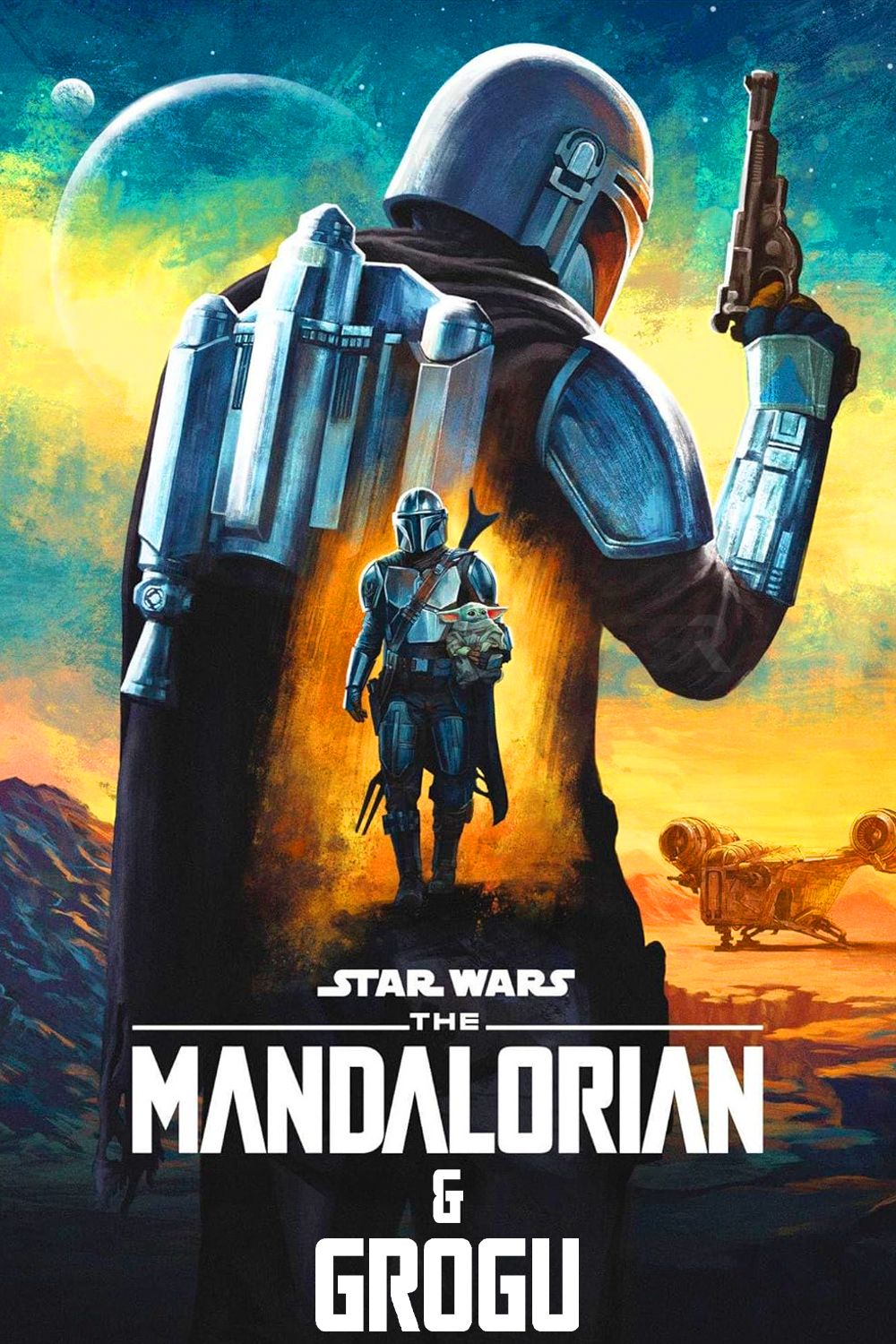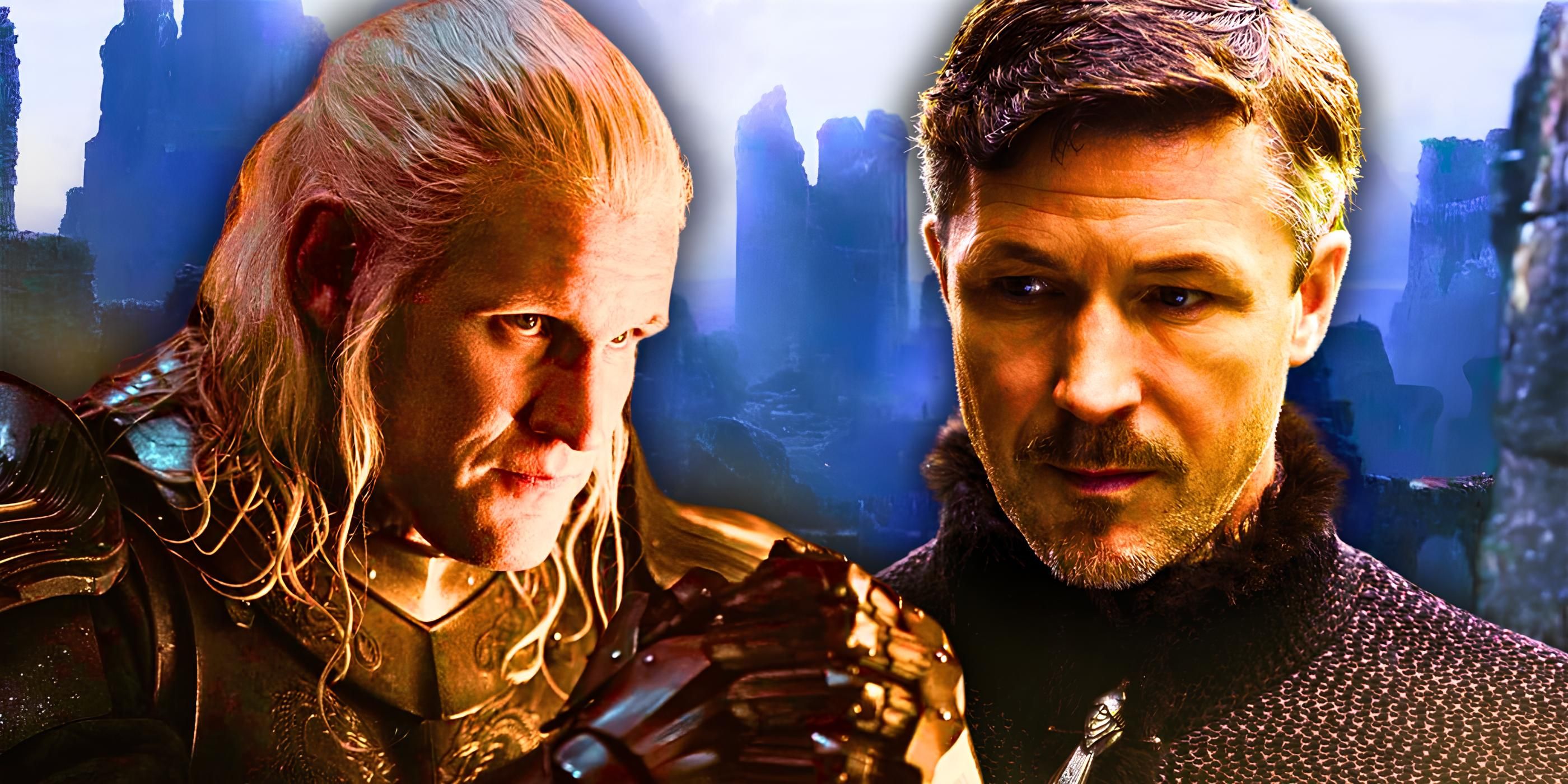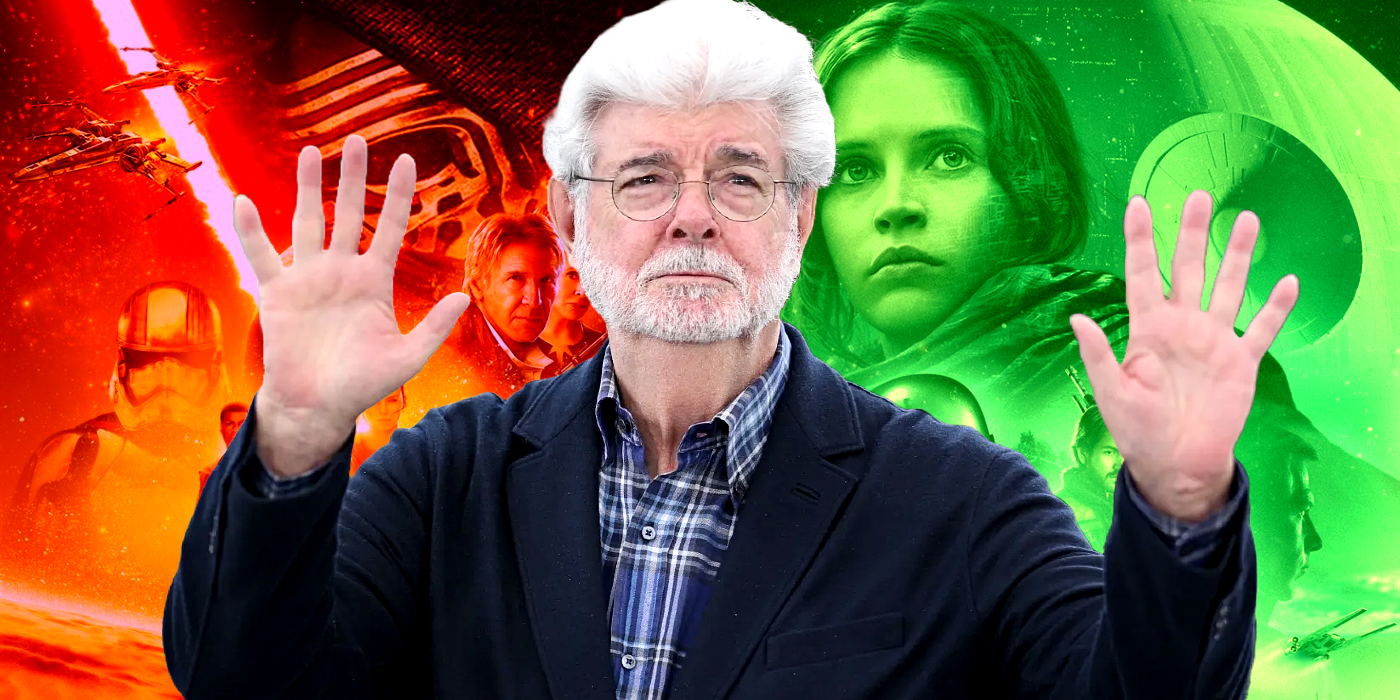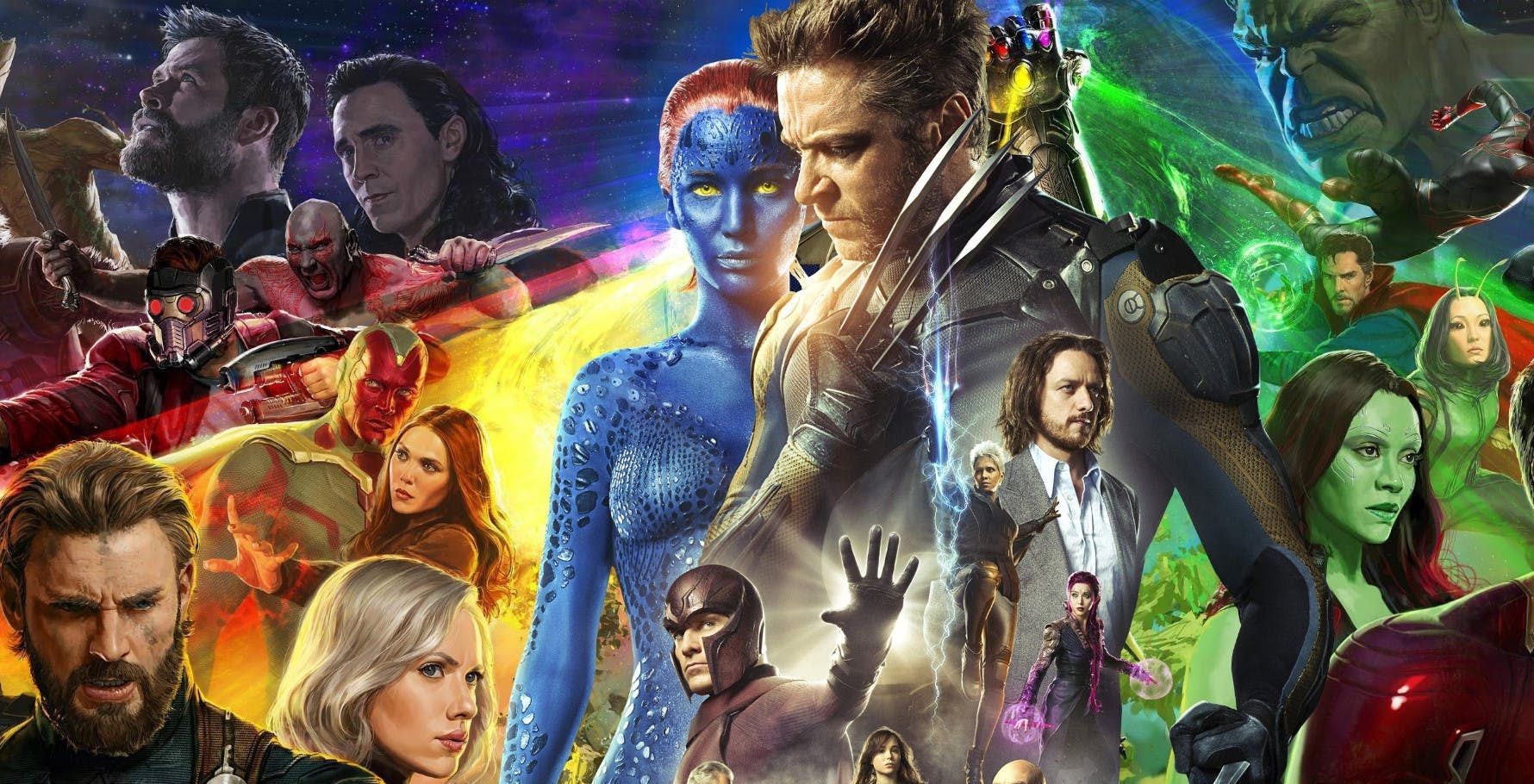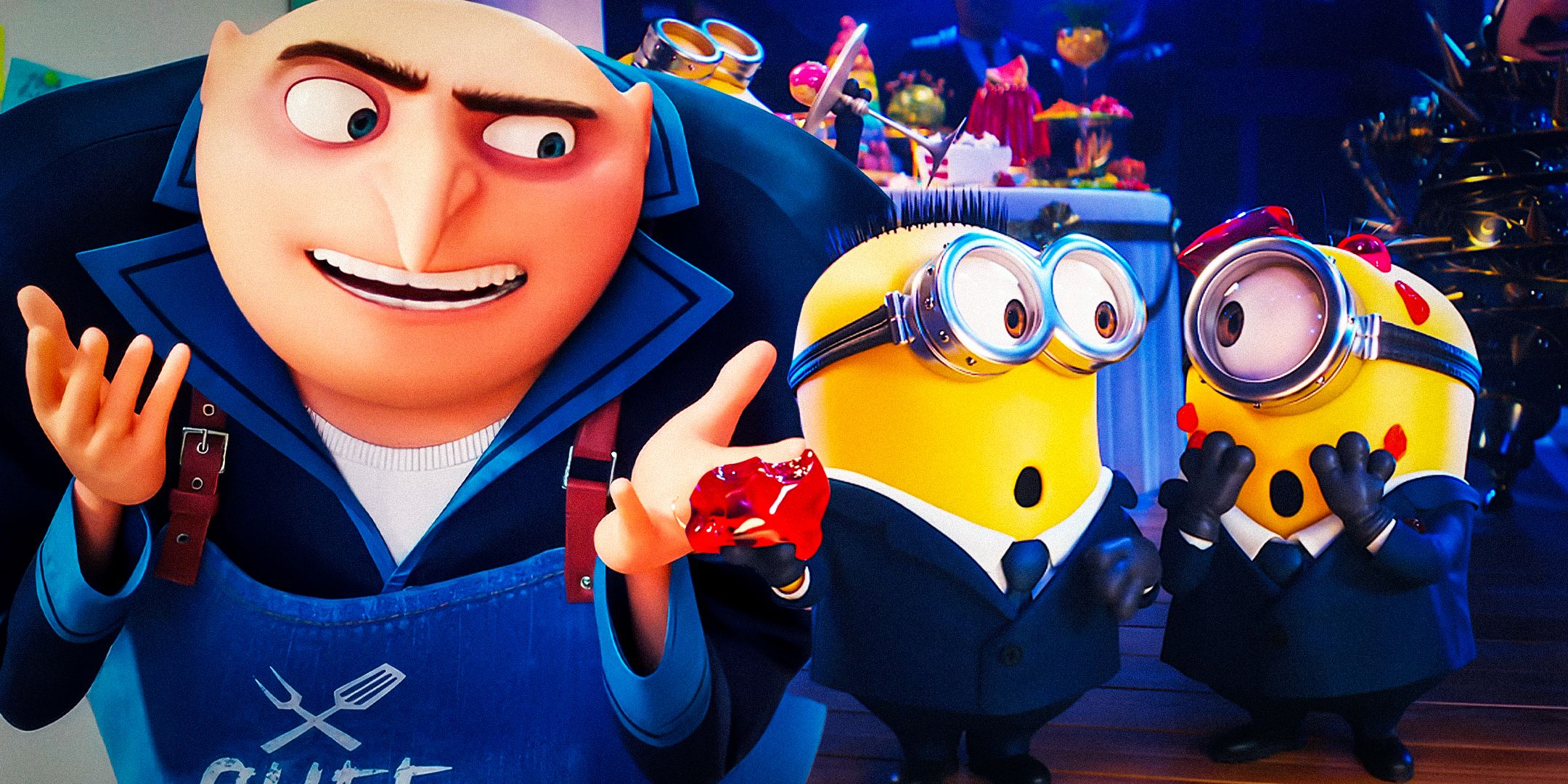VFX artists recreate a groundbreaking Disney visual effects technique that had been thought lost for almost six decades. In 1963, Walt Disney produced Mary Poppins, which starred Julie Andrews and Dick Van Dyke. This movie made use of a special glass prism, one of only three ever made, to pull off its more ambitious VFX sequences. This technique, however, known as the sodium vapor process, would eventually be lost to time.
In a recent video, the VFX artists at Corridor Crew recreate the sodium vapor process using a replica prism created by researcher Paul Debevec. Check out the video below:
The video breaks down exactly how the process works, with the beam-splitter prism diverting light through the camera lens onto two different strips of film at the same time. One of these strips features only a sodium vapor wavelength while the other picks up everything else. This allows for cutouts of actors and props without the downsides that come with using a green screen.
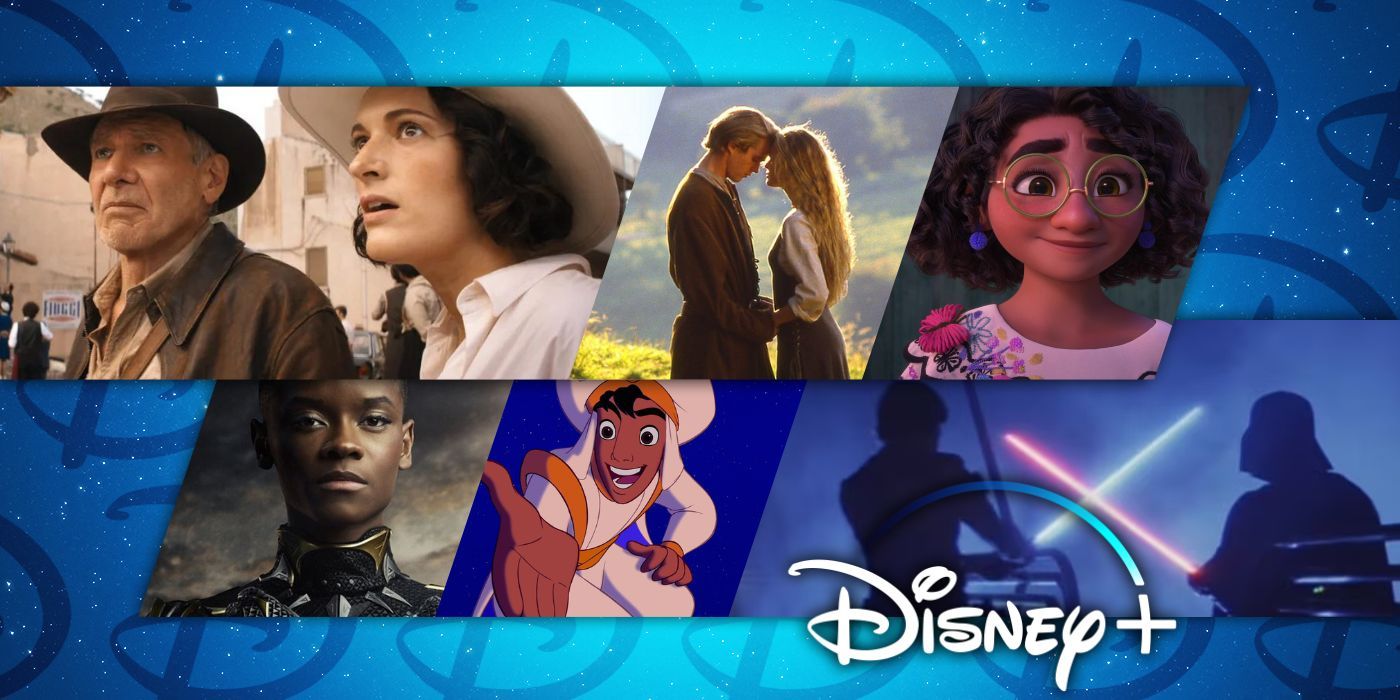
Related
The 30 Best Movies On Disney+ (April 2024)
Disney+ is home to some great movies including animated classics, Marvel, Pixar, Star Wars, and so much more. Here are the best available.
Why The Sodium Vapor Method Isn’t Used Today
What’s Next For VFX In Hollywood Movies?
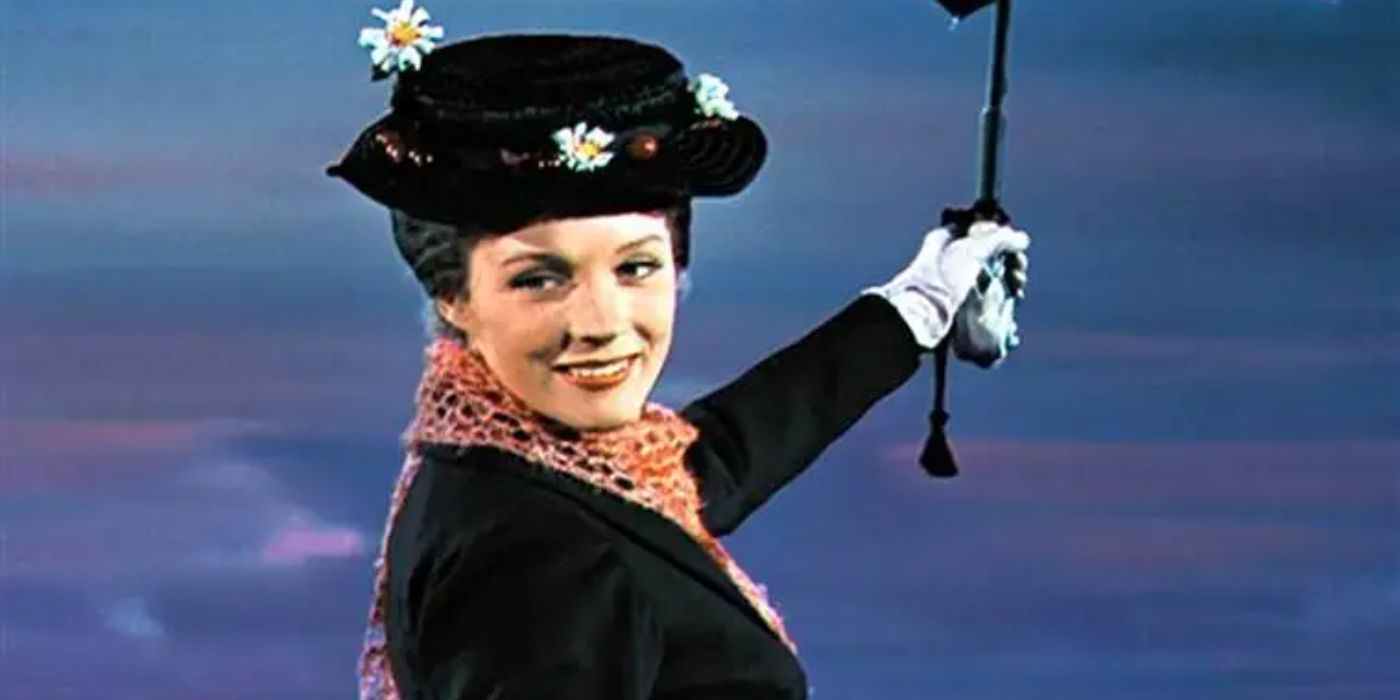
As is explained in the video, the beam-splitter prism isn’t easy to make. At the time, it would’ve cost many tens of thousands of dollars to make just one, and it would have been hard to replicate this process and create identical units. Being able to consistently replicate not only the prism but also its results would have been crucial to the technology catching on, which is probably why it fell out of fashion. Green screen, after all, is more cost-effective and more hastle-free, despite its shortcomings.
Green and blue screen are still widely used today, but advancements in the world of VFX have allowed them to become more effective. Machine learning and AI, for example, a hot button issue in Hollywood, are already impacting action VFX work in positive ways. Entirely new technologies have also been invented that serve similar purposes, including ILM’s StageCraft, also known as The Volume. This tech is famously used to bring The Mandalorian to life, but it has been used on productions like The Batman, Thor: Love and Thunder, and even Steven Spielberg’s The Fabelmans.
VFX technology and techniques continue to advance, with 2022’s Avatar: The Way of Water arguably presenting some of the most breathtaking digital effects ever put to the screen. AI in Hollywood will continue to be a divisive issue, but there’s no denying that it has been and will continue to drastically evolve the way VFX work is done in the years ahead. While Disney‘s prism no longer makes sense in today’s age, it was evidently a crucial stepping stone.
Source: Corridor Crew
